Feeding your pet the correct portion size is crucial for their health and happiness. Whether you’re dealing with an energetic puppy, a lazy cat, or any other companion animal, knowing how much to feed them can be a challenge. Overfeeding leads to weight gain and health complications, while underfeeding may leave your pet malnourished and low on energy. So, how do you determine the right portion size for your pet? Let’s explore some key factors to help you tailor meal portions to meet your pet’s specific needs. https://truepetslove.com/product/2309/
Why Is Proper Portion Control Important?
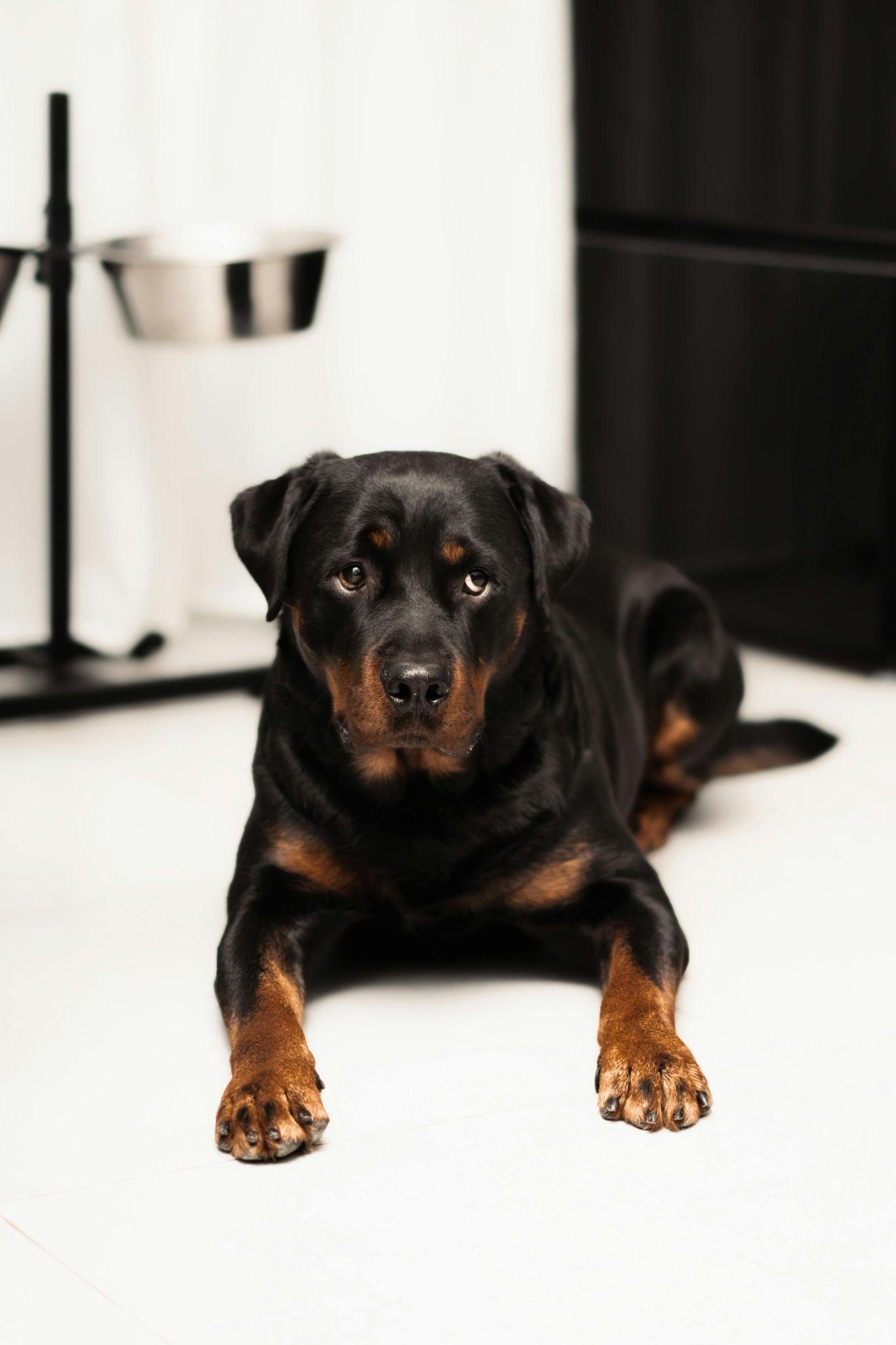
Proper portion control is vital for your pet’s overall well-being, ensuring they receive the right amount of nutrition to maintain a healthy weight and prevent disease. Here’s why it matters:
The Dangers of Overfeeding
Overfeeding your pet can have serious consequences:
- Obesity: Extra weight strains your pet’s joints, leading to mobility issues.
- Heart disease: Pets carrying too much weight are at greater risk of heart complications.
- Reduced lifespan: Studies have shown that overweight pets tend to live shorter lives.
The Risks of Underfeeding
On the other hand, feeding your pet too little has its own set of risks:
- Nutritional deficiencies: Without the right balance of nutrients, your pet’s health could deteriorate.
- Low energy: Pets who don’t eat enough may appear lethargic or less interested in daily activities.
- Weakened immunity: A poor diet can weaken their immune system, making them more prone to infections.
How to Determine the Right Portion Size for Your Pet
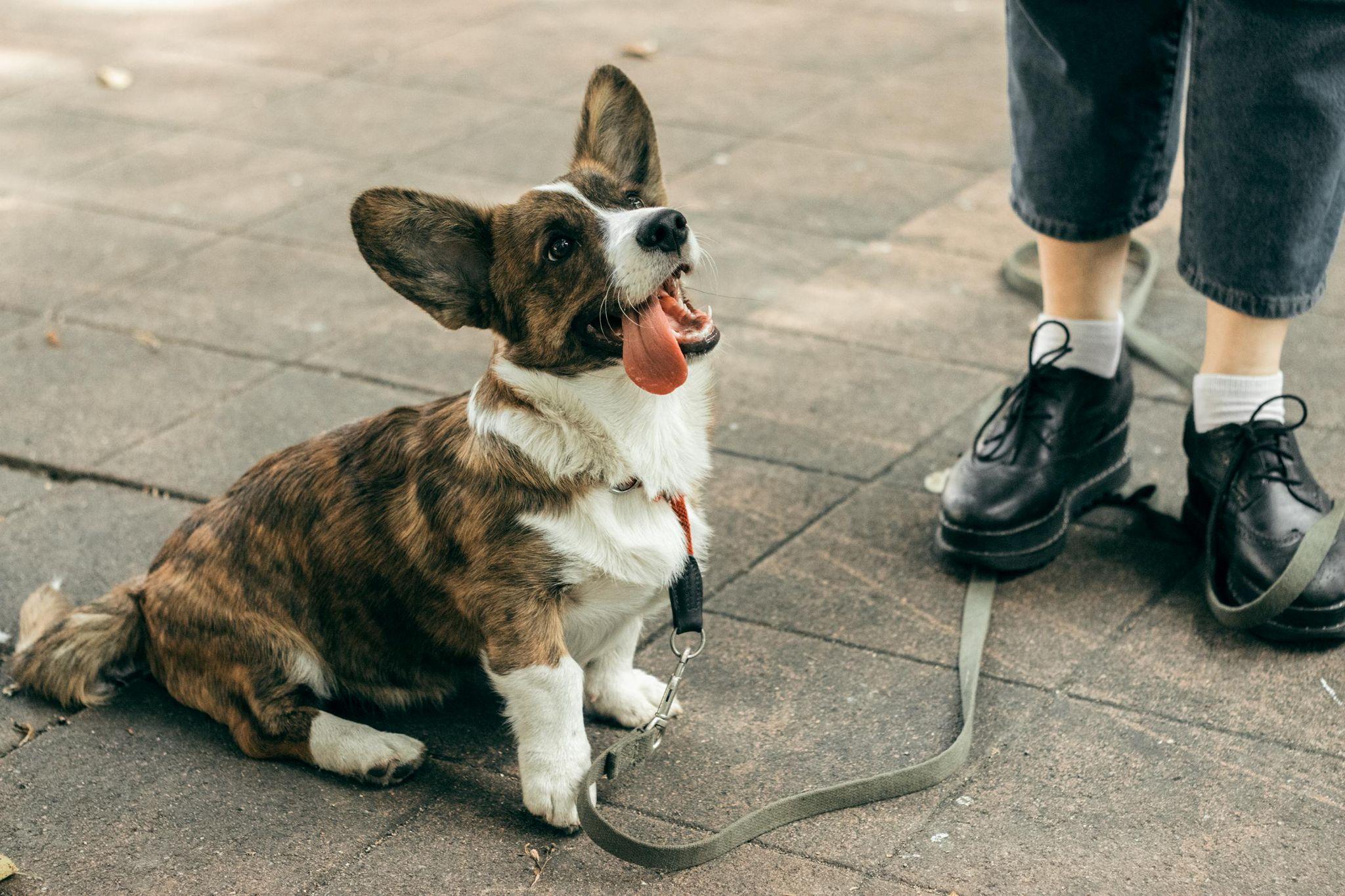
Determining the right portion size isn’t one-size-fits-all. Factors like weight, activity level, and age all come into play. Let’s break down how to tailor your pet’s portions.
Step 1: Assess Your Pet’s Weight and Size
Your pet’s weight is a critical starting point. Larger animals naturally need more food than smaller ones. But how do you calculate how much?
- Small pets (under 10 pounds): Usually require around 1/2 cup of food per day.
- Medium pets (10-50 pounds): Typically need between 1 to 2 cups per day.
- Large pets (50 pounds and up): Often require 3 or more cups per day.
Pro Tip: Always consult your vet to get a specific recommendation based on your pet’s breed and size.
Step 2: Factor in Activity Level
Is your pet more of a couch potato or a high-energy explorer? The more active your pet is, the more calories they need.
- Active pets: Working dogs, hunting dogs, or pets that engage in frequent play will need larger portions to sustain their energy levels.
- Less active pets: Older pets or those who prefer to lounge will need fewer calories.
Ask yourself: Is my pet regularly engaging in vigorous activities, or are they relatively sedentary?
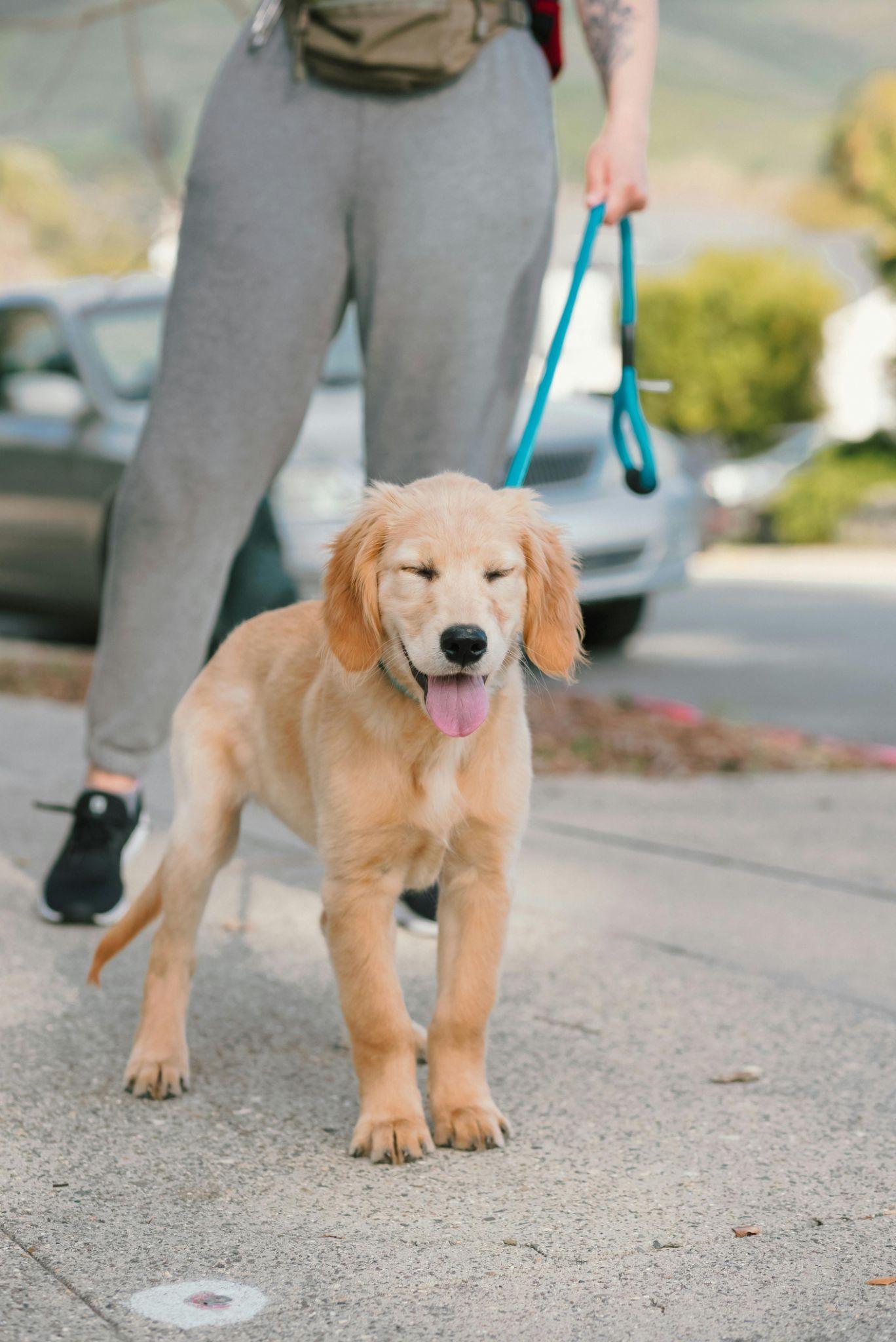
Step 3: Review Food Packaging Guidelines
Most pet food packaging includes feeding recommendations based on weight. These can be a useful starting point, but remember, these are general suggestions. Factors like age, activity level, and metabolism can affect how much food your pet needs.
Calculating Pet Meal Portions: A Step-by-Step Guide
If you prefer a more precise approach, here’s a simple way to calculate pet meal portions:
- Calculate Resting Energy Requirement (RER): This is the number of calories your pet needs at rest. The formula is:
- RER = 70 × (Weight in kg)^0.75
- Adjust for Activity Level: Multiply the RER by a factor depending on your pet’s activity level:
- Sedentary pets: RER × 1.2
- Moderately active pets: RER × 1.6
- Highly active pets: RER × 2.0
By calculating your pet’s total daily caloric needs, you can then divide that number by the number of meals you feed them to determine their portion size. https://truepetslove.com/understanding-pet-behavioral-issues-and-solutions/
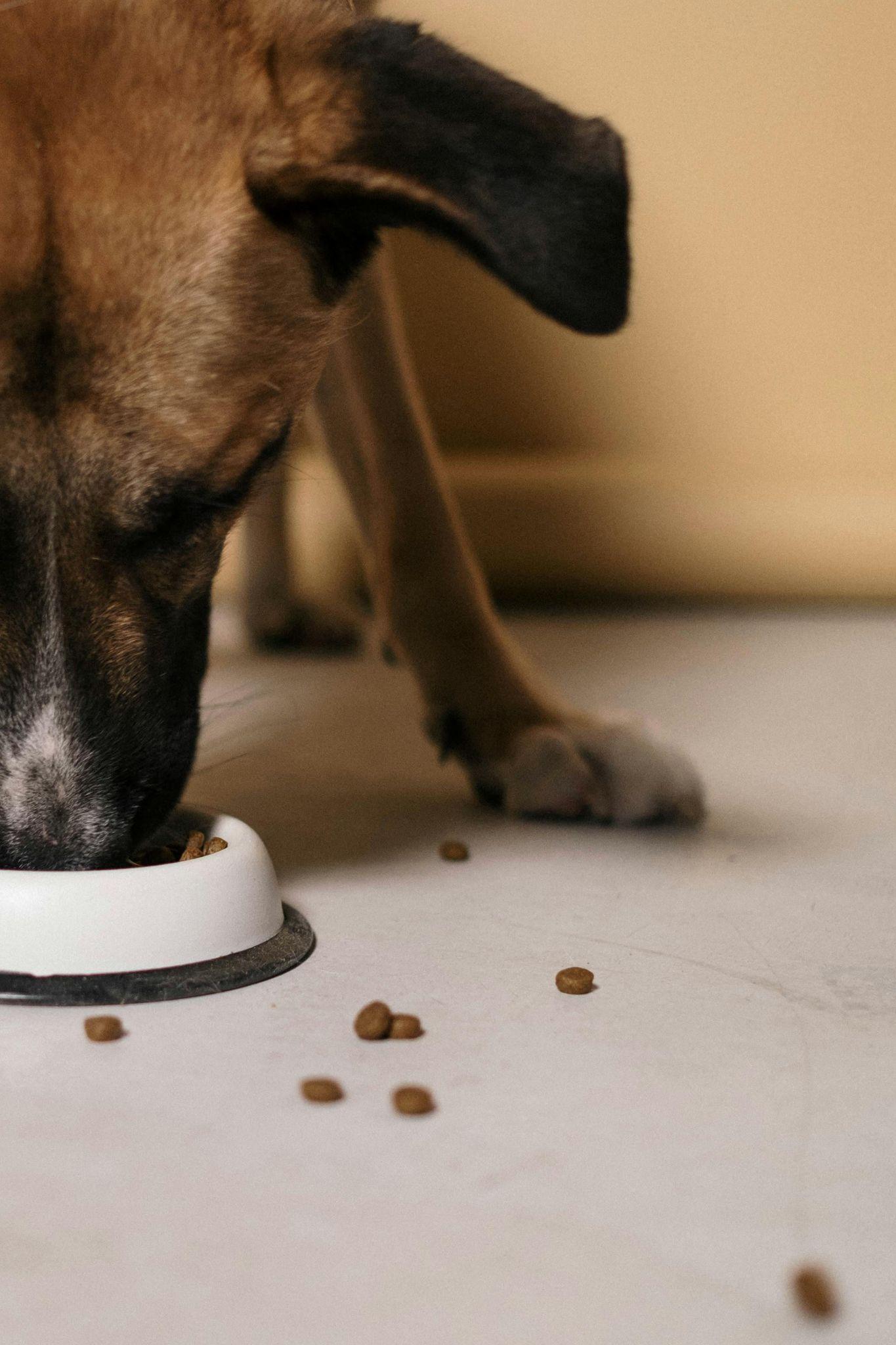
Additional Factors in Determining Pet Portion Sizes
Consider Your Pet’s Age and Health
Just like humans, a pet’s nutritional needs change with age. Puppies and kittens require more food to fuel their growth, while senior pets often need fewer calories but nutrient-rich meals.
- Puppies and kittens: Need more frequent meals and larger portions relative to their size.
- Adult pets: Typically require balanced portions to maintain a steady weight.
- Senior pets: May need smaller, nutrient-dense meals to support aging joints and organs.
Important: Pets with health issues, like diabetes or kidney disease, may need specially tailored portions. Always consult your vet for advice.
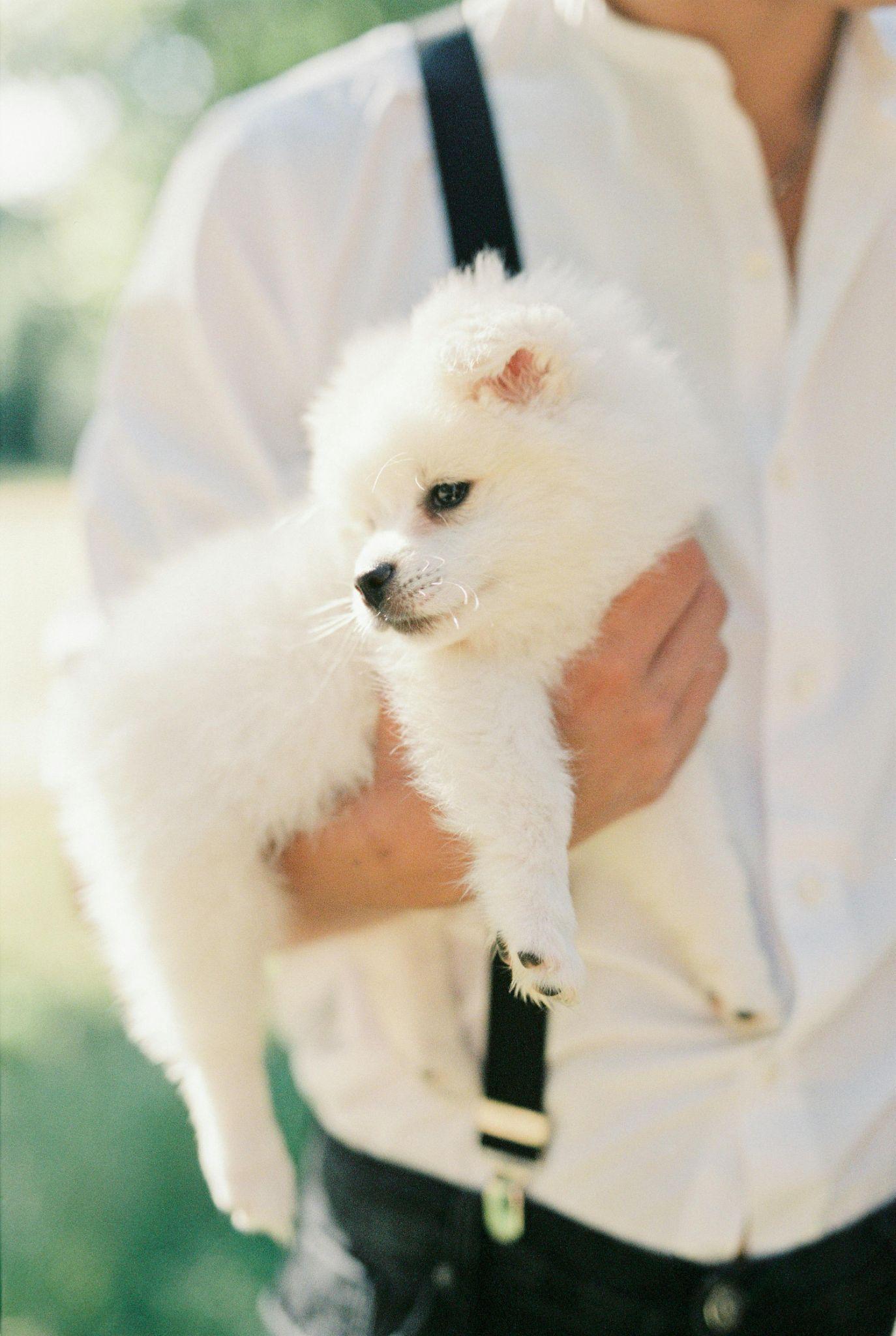
Use a Food Scale for Precision
Eyeballing food portions can lead to overfeeding or underfeeding. A food scale provides accurate measurements, ensuring your pet gets the right amount every time. Using one also helps with pet portion control, especially if your pet tends to gain or lose weight easily.
Adjust Portions as Needed
Pets, like humans, can experience changes in their dietary needs over time. If you notice your pet gaining weight despite being on the same meal plan, it’s time to cut back slightly. Conversely, if your pet is losing weight or seems hungrier, you may need to increase their portions.
How Often Should You Feed Your Pet?
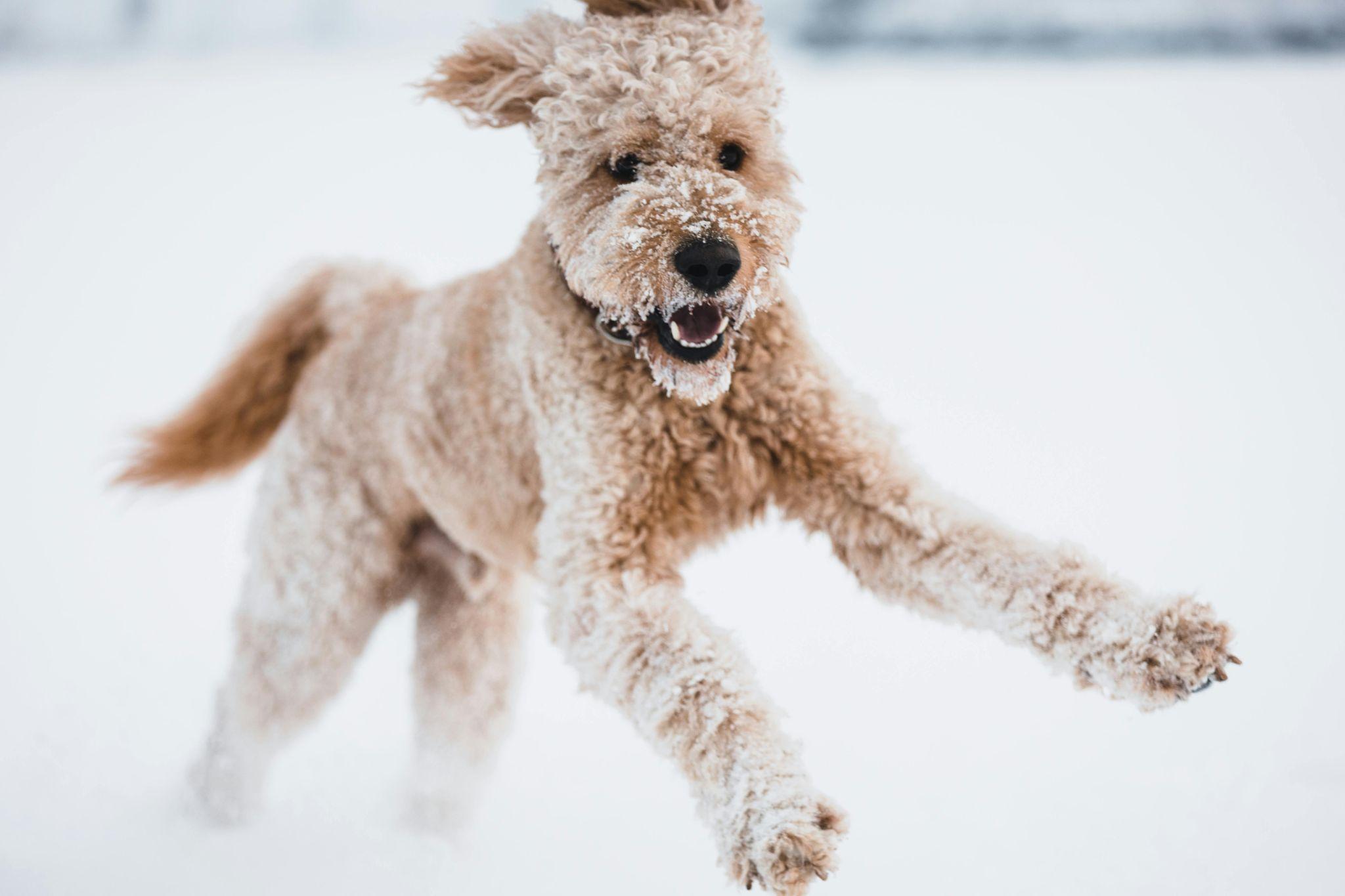
Feeding frequency is another factor to consider when determining portion size. Your pet’s age, breed, and lifestyle will dictate how often they should eat. But how many meals are ideal?
- Puppies and kittens: Generally need to be fed three to four times a day.
- Adult pets: Typically do well with two meals a day.
- Senior pets: Smaller, more frequent meals may be beneficial for older pets with slower metabolisms. https://truepetslove.com/
Tip: Consistency is key. Feed your pet at the same times every day to help regulate their digestion and avoid overfeeding.
How to Handle Treats Without Overfeeding
While treats are a great way to reward your pet, they can easily lead to excess calorie intake. To practice effective pet portion control, treats should make up no more than 10% of your pet’s daily caloric intake.
Achieving the Right Balance
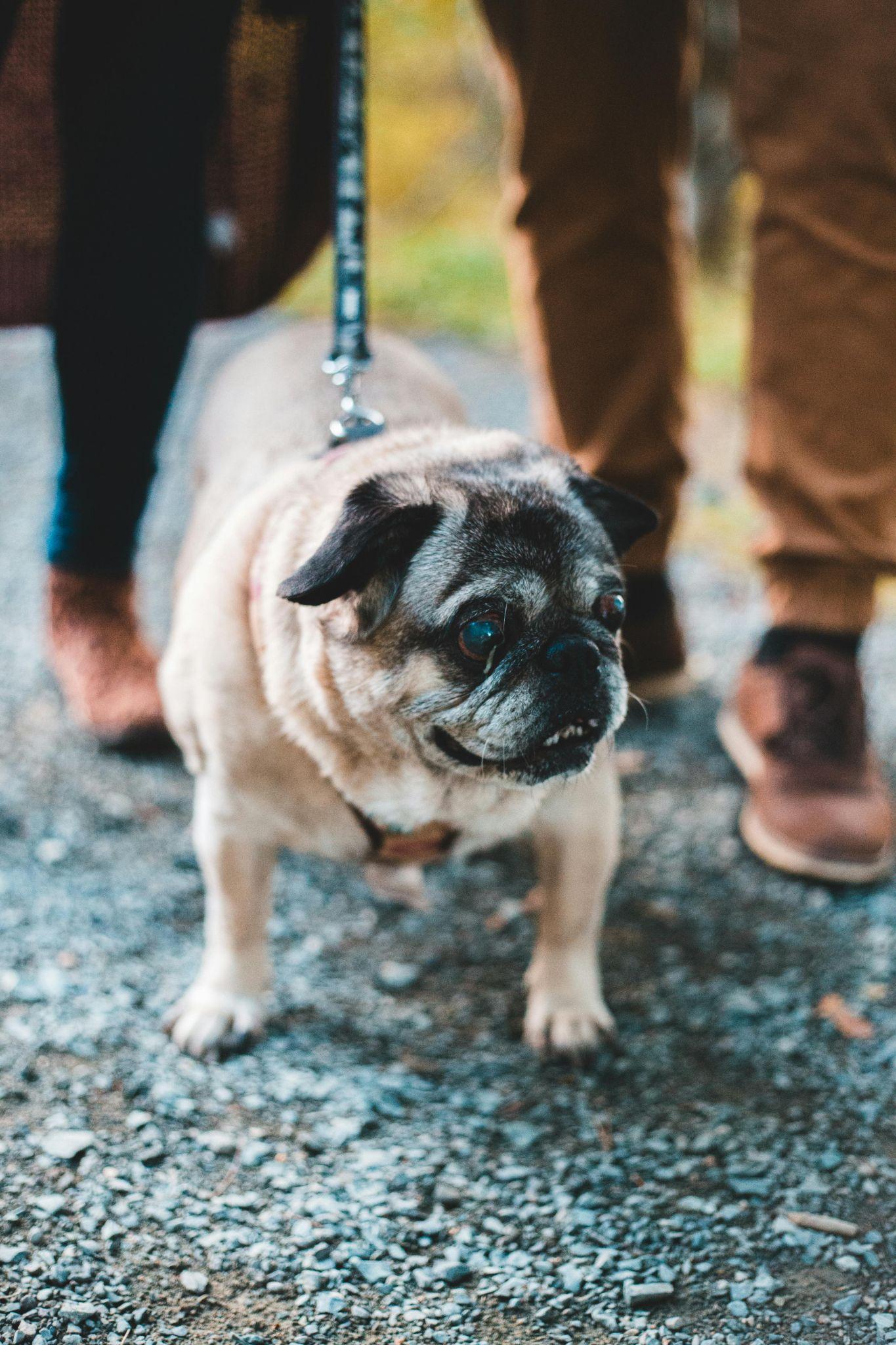
Finding the perfect portion size for your pet may require some adjustment, but by considering their weight, activity level, and age, you can ensure they get the right amount of food. The determining pet portion sizes isn’t just about following guidelines—it’s about regularly monitoring your pet’s health and making changes when necessary. Use a food scale for precision, consult your vet for advice, and remember to adjust their portions as they grow or age.
In the end, proper portion control leads to a healthier, happier pet, giving them the energy to enjoy life while preventing unnecessary health risks.
